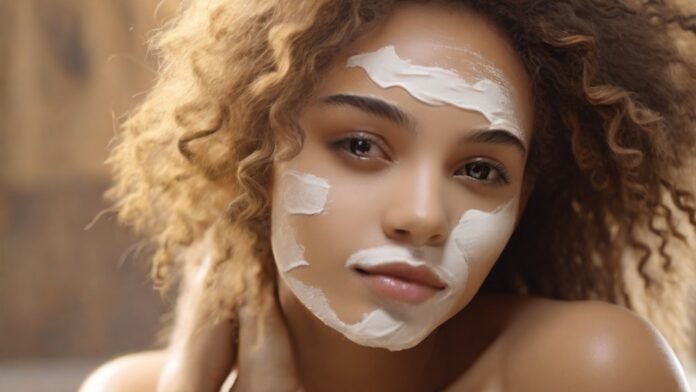Introduction to Dry Brushing
Dry brushing involves using a natural bristle brush to gently massage the skin in a particular pattern, typically before showering. This practice is believed to have originated in ancient Ayurvedic medicine and is now embraced by wellness enthusiasts worldwide.
The Benefits of Dry Brushing
Increased Circulation
Dry brushing is thought to stimulate blood flow to the skin, which may promote a healthy glow and even skin tone. Improved circulation can also aid in the delivery of oxygen and nutrients to skin cells.
Exfoliation
One of the primary benefits of dry brushing is exfoliation. By sloughing off dead skin cells, dry brushing can leave the skin feeling smoother and softer. This can also help prevent clogged pores and ingrown hairs.
Lymphatic Support
Dry brushing is believed to support the lymphatic system by stimulating the flow of lymph fluid. This can potentially help remove toxins from the body and reduce inflammation.
Stress Reduction
The act of dry brushing can be both invigorating and relaxing, making it a popular self-care practice. Many people find it to be a soothing ritual that helps alleviate stress and promote overall well-being.
How to Dry Brush Properly
Choosing the Right Brush
When selecting a dry brush, opt for one with natural bristles and a long handle for reaching all areas of the body. The bristles should be firm but not too abrasive to avoid irritating the skin.
Technique
Start dry brushing at your feet and work your way upward, using long, sweeping motions toward the heart. Brush each area of the body several times, but be gentle, especially on sensitive areas like the chest and abdomen.
Frequency
For most people, dry brushing can be done a few times a week. However, it’s essential to listen to your skin and adjust the frequency as needed. Overdoing it can lead to irritation and inflammation.
Timing
Dry brushing is typically done before showering or bathing when the skin is dry. This allows the bristles to effectively remove dead skin cells and other debris.
Potential Risks and Precautions
Skin Sensitivity
Some people may find dry brushing to be too harsh for their skin, especially if they have conditions like eczema or psoriasis. It’s essential to pay attention to how your skin reacts and adjust your technique accordingly.
Over-Exfoliation
While exfoliation is beneficial, overdoing it can strip the skin of its natural oils and lead to irritation. Avoid applying too much pressure and limit dry brushing to a few times a week.
Skin Conditions
If you have any existing skin conditions or injuries, such as cuts or sunburn, it’s best to avoid dry brushing those areas altogether to prevent further irritation.
Dry Brushing vs. Other Exfoliation Methods
Comparison with Scrubs
Unlike exfoliating scrubs, which often contain abrasive particles, dry brushing provides gentle exfoliation without the need for additional products. This makes it a convenient and eco-friendly option.
Comparison with Chemical Exfoliants
While chemical exfoliants like alpha hydroxy acids (AHAs) and beta hydroxy acids (BHAs) can also promote skin renewal, some people prefer the natural approach of dry brushing.
FAQs About Dry Brushing
What type of brush should I use for dry brushing?
A brush with natural bristles and a long handle is ideal for dry brushing.
How often should I dry brush?
Most people can dry brush a few times a week, but adjust the frequency based on your skin’s response.
Can dry brushing help reduce cellulite?
While some claim that dry brushing can reduce the appearance of cellulite, scientific evidence is limited.
Is dry brushing safe for sensitive skin?
Dry brushing may be too harsh for sensitive skin, so proceed with caution and adjust the pressure as needed.
Can I dry brush my face?
It’s generally not recommended to dry brush the face, as facial skin is more delicate and prone to irritation.
Conclusion
Dry brushing can be a beneficial addition to your skincare routine, providing gentle exfoliation and potential benefits for circulation and lymphatic support. However, it’s essential to approach it with caution, especially if you have sensitive skin or existing skin conditions. By following proper technique and listening to your skin’s needs, you can enjoy the potential benefits of dry brushing while minimizing any risks.

